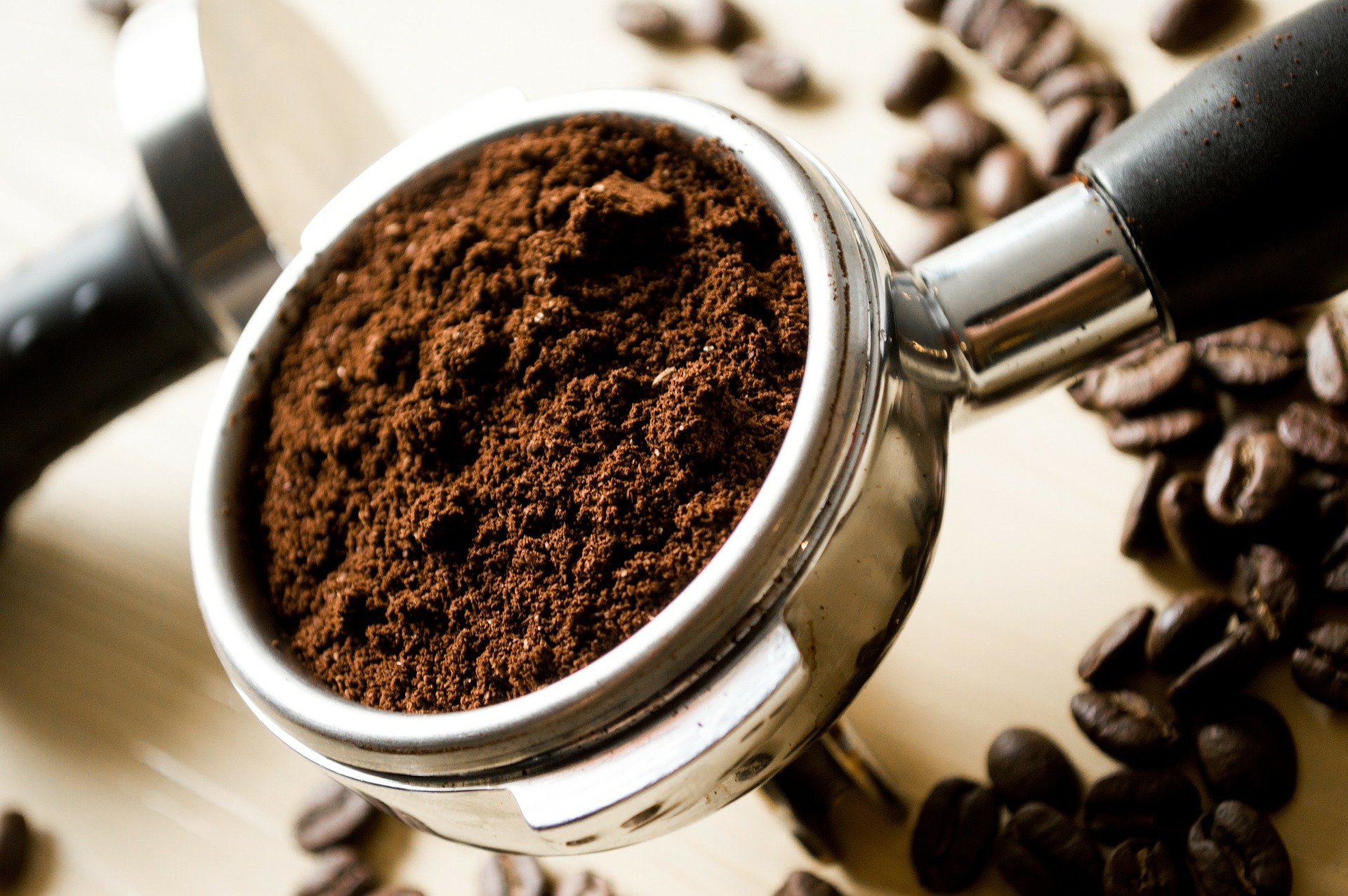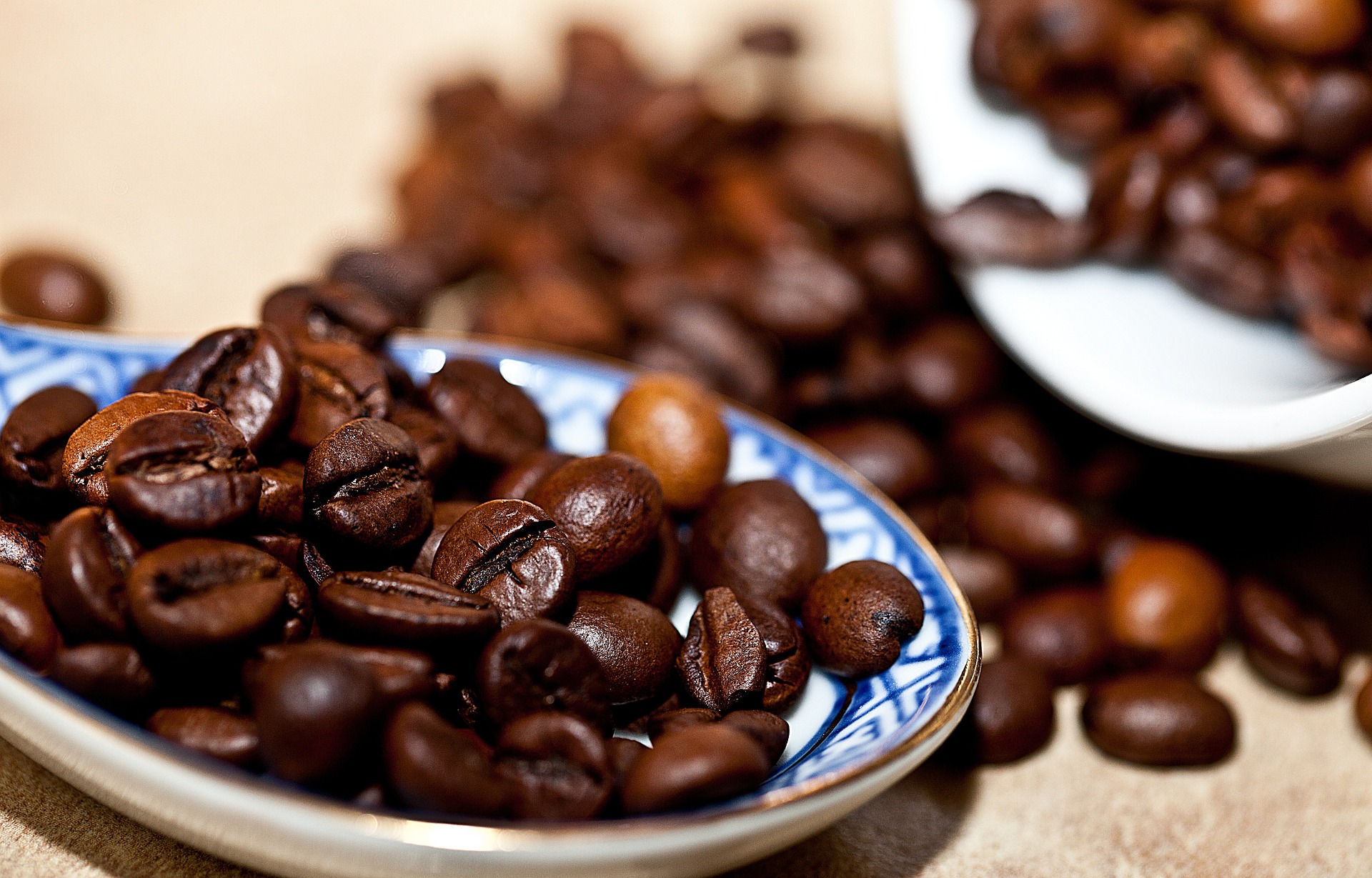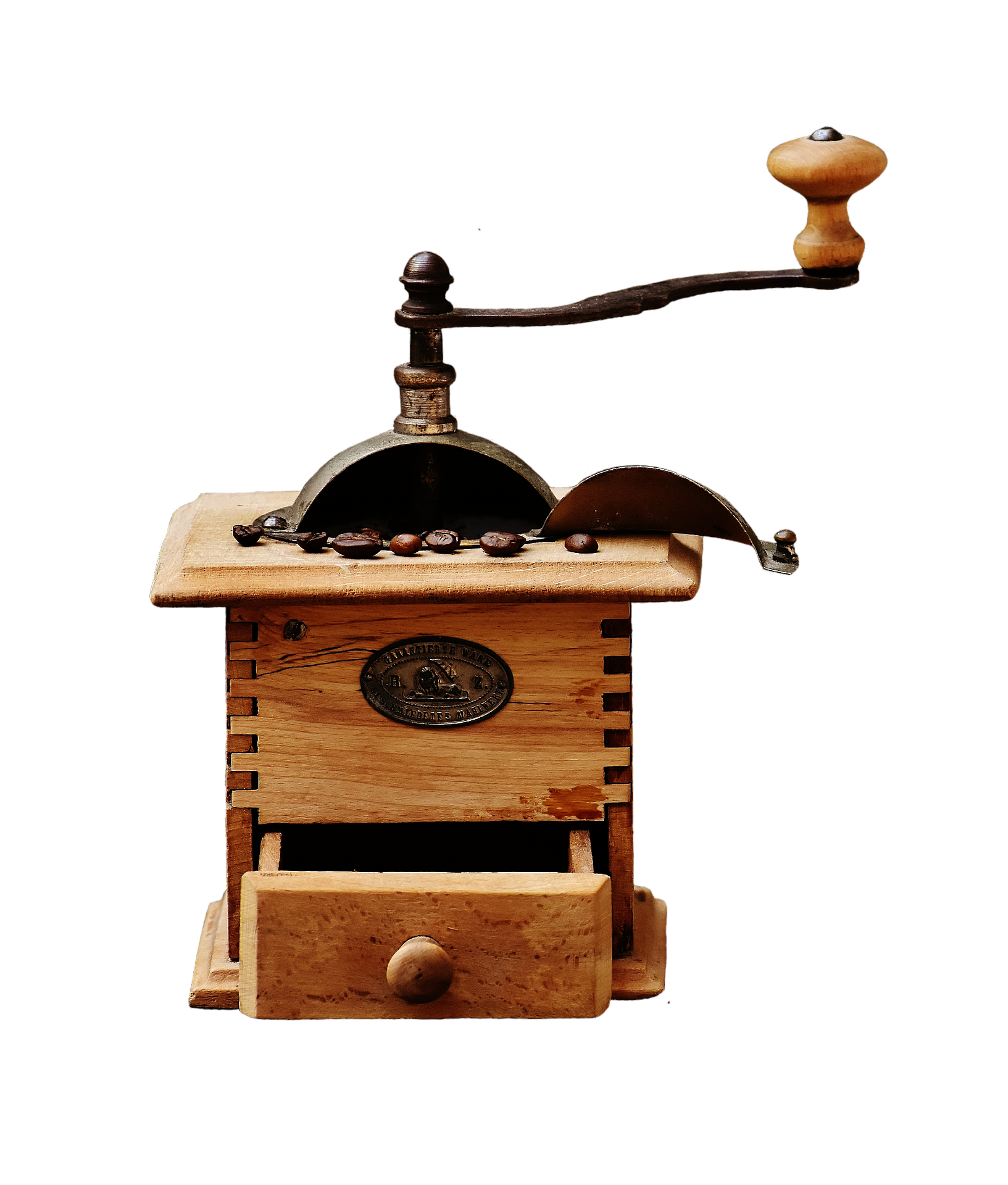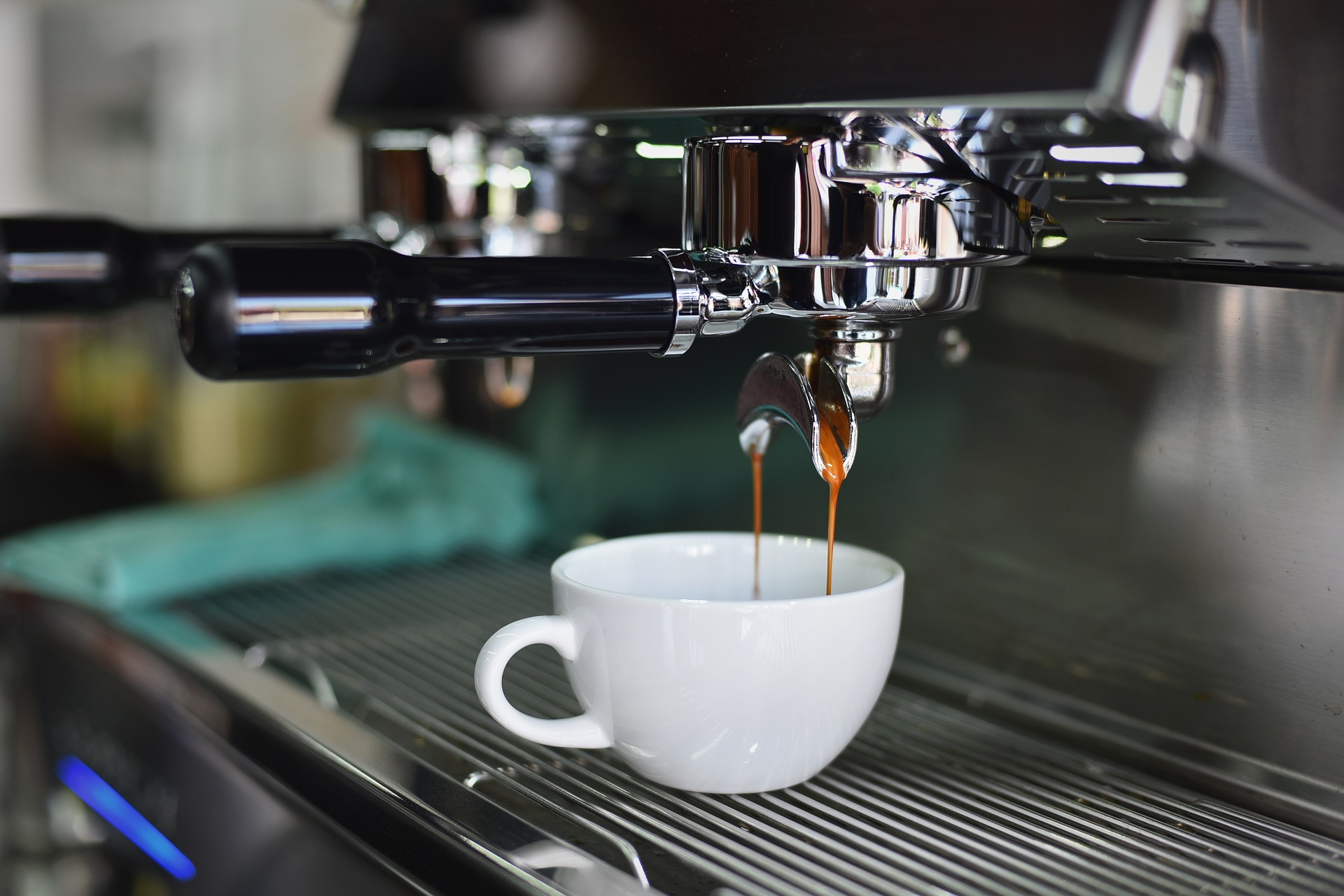
HOW TO BREW THE PERFECT COFFEE
PREMISES
Seeing a barman brewing coffee after coffee with few quick and clean moves one might think that it is an easy process… that anyone could do it! Well, behind those moves there is knowledge, study, technique and a high precision: essential elements to which one must add fundamental details such as cleanliness, accuracy, extreme care for the product and the machines used during the preparation. Many factors are involved in the making of a good expresso, let’s look at them closely.
The coffee
The most sophisticated technique and a top shelf barman will not be enough to turn a low-end coffee into a good expresso. Both the blend and the pure coffee must be good, that is to say sweet, fragrant, aromatic and must leave a pleasant and long-lasting aftertaste. You know the coffee you are having is good when you to drink one more cup! According to local habits and trends, the whole-bean coffee should be roasted on point: if to dark it will be too bitter, too sour the other way around.

Storage
Whole-bean coffee can be preserved for a long time in its original packaging, but when opened the products starts to deteriorate. To store it at its best, after every use it should be placed in an airtight container and kept in the fridge. The same technique can be used at home to store the grinded coffee, but the grinded coffee will lose its qualities in a few days nonetheless. It’s important to remember that grinded coffee is fifty times more perishable then the whole-bean, as fifty times more surface is exposed to oxidation. Barmen should NEVER leave coffee in the grinder-doser overnight!
The coffee grinder-doser
It is the appliance that perfectly mills, grinds and doses the coffee for a good expresso.
The coffee grinder
The common bar grinder is made of two overlapping burrs (which can be flat or conic), that can be spaced to regulate the grain. The distance should be changed according to the variation in the atmospheric humidity, especially in areas with instable weather. Why? Because a humid weather requires “bigger” coffee, otherwise the passage of the water is too slow and uneven, and the product will result “over extract”. On the other hand, a drier weather calls for a finer grinding, otherwise the water will run during the extraction, resulting in a light, under extracted coffee. It is better to grind a little coffee every time, right over the measuring flaps to get an ever-fresh product. Moreover, the grinder’s burr moves at high speed (around 1400 turns/minute) and a prolonged use would overheat the coffee, resulting in an unpleasant taste of smoke and burnt. The burrs should be replaced after every 400 kg of coffee.

The Measuring dispenser
The volumetric dispenser doesn’t weigh the coffee, it uses a specific volume which must be set up carefully and should be checked often. The ideal dose would be 7 grams for a single cup, 14 grams for two. Usually the making of two coffees at the same time gives the best results. If a high precision scale is not available, the measuring dispenser set up can be performed weighing ten times and regulating it on 7 grams. The cleaning of the grinder is fundamental because coffee remains might go sour and spoil the rest, and the brewed coffee taste too.
The Espresso machine
In the modern espresso automatic machine, the core is the boiler where the water is heated. The water in the boiler is not used for the coffee extraction, but it is used for tea or other purposes, and comes from a specific nozzle. At the top of the boiler steam is collected, and using the appropriate knobs and the steam wand, can be used for heating milk or other liquids. The water for the coffee, pumped at a 9 bar, goes in a heat exchanger in the boiler, where it is heated and kept at the optimal temperature of 90°. To avoid drastic drops in the water temperature, the group-head for the portafilter is also heated with a water circulation system.

Preparation
Filled the filterbasket, the coffee should be tampered with a 10-20kg pressure, an expert barista will carefully compensate and distribute the coffee evenly while tampering it. Before locking it to the group-head, the portafilter should be cleaned, because coffee residuals might impede the closing (and therefore diminish the pressure) and also form deposits on the lining, which would deteriorate faster. Before locking the portafilter it is recommended to let water flow from the group-heads, it is called “purge”: a little water will rinse the residuals of coffee from the shower screen. The extraction time may vary from 20 seconds for the “short” to 40 seconds for the “long”. The quantity in the cup will consequently be in between 20 and 40 ml.
The coffee should come out with a “mouse tail” shaped stream, flowing regularly (see the picture). The edge of the cup should be cleaned before placing it on the saucer. The cup should be warmed up, but not too much… you don’t want to burn the client’s lips!
Maintenance
Let’s revise some of the maintenance operations. First, the cleaning. A dirty grinder and machine will work poorly, and also look bad. The grinder’s hopper, emptied, should be washed regularly, to eliminate any greasiness. The insides of the grinder should be brushed carefully, to get rid of any residual. The measuring dispenser should be emptied and cleaned with a brush; at the end of the day filters and portafilters should be removed from the machine, emptied and washed. The group-head should be carefully cleaned with a hard brush. The tray under the cups should be emptied and washed. Here's a piece of advice: leave a dose of ground, non-pressed coffee inside the portafilters locked to the group-heads. This way the aroma is slowly released inside the machine overnight, so that in the morning you won’t need to throw away the first coffees! It is also recommended to leave the machine on overnight, a trick that helps avoiding limescale deposits! Remember to change the water softener cartridge every 300kg of coffee: limescale deposits can limit the water stream, lower the temperature and compromise an effective extraction.
The espresso paramethers
The espresso is a small cup of thick, honey-like coffee, extracted from freshly-ground whole-bean coffee, and should meet the following parameters:
FRESH-GROUND COFFEE: 7 gramsWATER TEMPERATURE: 90°C
WATER PRESSURE: 9 BAR
TAMPER PRESSURE: 15 KG
TIME OF EXTRACTION: around 25 seconds
VOLUME: 25 ml
CUP TEMPERATURE: 60°C
